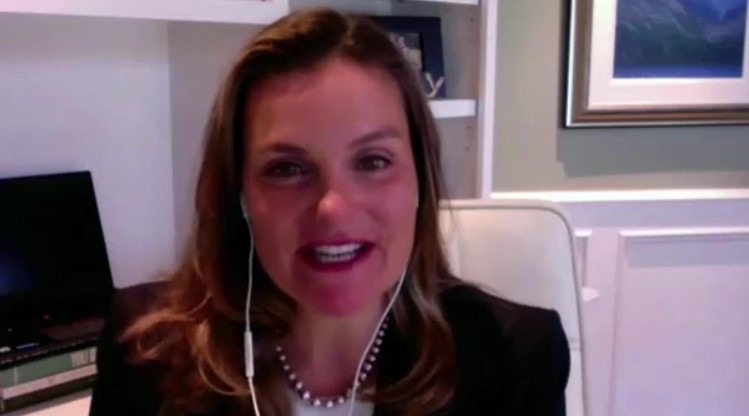Part 2: Unlocking ESG – Navigating the Sustainability Ecosystem Series
Following the discussion, we have highlighted some key themes:
ESG has demonstrated performance resilience in a fast-moving landscape
“ESG was founded with a view that you can do better by doing well, but for many years it was still a belief, an inkling. Now after 12 years of solid evidence, we have the data to demonstrate with much more precision why ESG matters for investors and why it’s an imperative for any long-term investment strategy,” commented Laura Nishikawa of MSCI. With thousands of ESG indexes, hundreds of ETFs, there is a big shift in terms of who is paying attention to ESG and how ESG is driving capital flows. “We know so much more about how ESG affects risks and returns as well as how it affects the cost of capital for companies.” Another factor explaining its explosive growth of the past years is its performance resilience in times of crisis, hence its growth since the financial crisis. “The past two years have been a tipping point, but the COVID-19 crisis has really been a catalyst that will accelerate ESG integration much faster,” argued Laura Nishikawa.
How to get best possible ESG score? Practical tips
“For reporting, we send no surveys or questionnaires, all our information is based on publicly available data that can be found in the public domain, from regulators, news outlets and corporates themselves. We’re not the gatekeepers of ESG information but the gateway,” explained Laura Nishikawa. In terms of what to report, she recommends that companies prioritize disclosing clear metrics for the most material issues for the industry they operate in, “things employees or stakeholders care about.” Evidence is key and should supported by quantitative data and clear management discussion and analysis.
Widening of applications of ESG research amid increased awareness
In the early days of ESG, the applications were found within small specialist shops or focused teams within asset managers. Now we see ESG being integrated across equity and fixed income, consultancies, investment policies, institutional investors, with an explosion of demand from wealth platforms and retail investors, hedge funds, banks etc. “Investment teams now understand it’s not just about investing money but being the stewards of their assets,” remarks Rupert Krefting of M&G Investments. “Clients want case studies of investments made or not made for ESG reasons, it’s a virtuous circle of increasing awareness.”
How to rate climate initiatives
“Failure to tackle climate change could be the latest financial systemic risk of our generation,” said Laura Nishikawa. Since its acquisition of Carbon Delta, MSCI has attempted to fast-track its ability to produce scenario analysis. For its base line model, MSCI measures ‘climate value at risk’. “We have a way to incorporate the best of climate science and financial modelling to estimate the climate value at risk of a company security and portfolio. We measure the entire warming potential, in a +2 degrees world, or +2.5 degrees world etc.,” she added. Going forward, there will be a greater focus on incorporating more corporate data like decarbonisation targets and TCFD level reporting.
“We try to assess the risk of transition and the physical risk to companies and spot investment opportunities: at this stage, we’re trying work out where companies are on their transition path. We are using different tools such as the Transition Pathway Initiative set up by the Church of England, we look at the corporate carbon footprint to come up with our own measure and we have a top 100 list of most risky companies,” said Rupert Krefting. “What matters for climate issues, is not shallow promises but science-based targets for reduction for emissions based on rigour”, he added.
‘Momentum’ is as relevant current ESG performance
For a corporate, improving your score may be more important than the score itself. “Everyone is improving but of course you need to look at how the company is improving relative to competitors and the rest of the sector,” says Laura Nishikawa. “Focus on that trend rather than the overall level.” Rupert Krefting says it’s important to look at where companies are on their sustainability journey. “We can use the rating with the score to watch how the trend evolves over time and talk to the companies where we have meaningful stakes about it. Corporates want to talk about how to improve disclosure. It’s not just about having the right ESG policy but how they implement their strategy. We want to talk to the executives to understand how sustainability themes are intrinsic to the strategy of the company and reflected in remuneration metrics.”
Focus on Financial Materiality
“Different data providers have different weightings,” stressed Rupert Krefting. “We use SASB, a framework that is set out by sector to determine which ESG issues are most material to develop the relevant questions within the E, S and G pillars when we engage with corporates. It’s about picking what are the most material factors in partnership with our research analysts who are experts in those companies and industries.”

